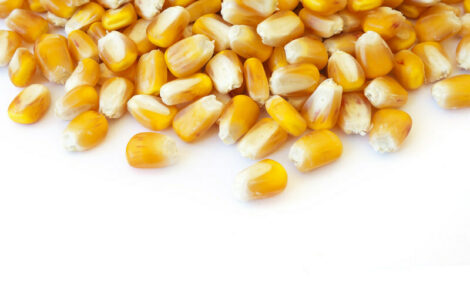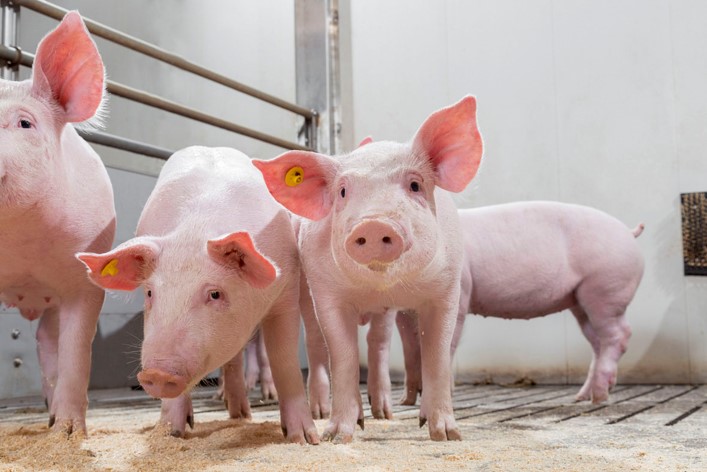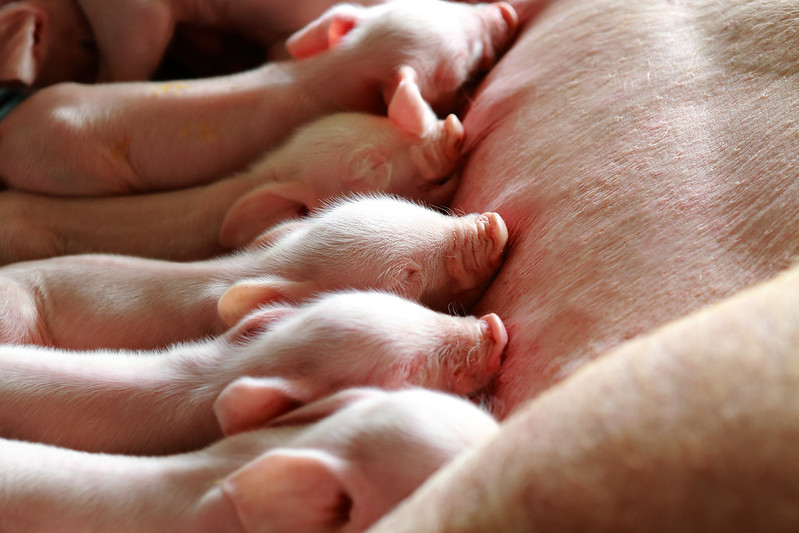



Essential role of colostrum for piglet performance
Research scientist Chantal Farmer explains the composition of colostrum compared to milk, colostrum’s role for the newborn piglet and factors that impact colostrum yield.Part of Series:
< Previous Article in Series Next Article in Series >
Conference speaker, Chantal Farmer, research scientist with Agriculture and Agri-Food Canada based at the Sherbrooke R & D Center in Québec, Canada, spoke to attendees about the composition of colostrum compared to milk, colostrum’s role for the newborn piglet and factors that impact colostrum yield.
Composition of colostrum
A major difference of composition between colostrum and milk is protein content. Protein content drastically decreases between colostrum and milk, and the concentration of immunoglobulins decreases significantly as well during this time.
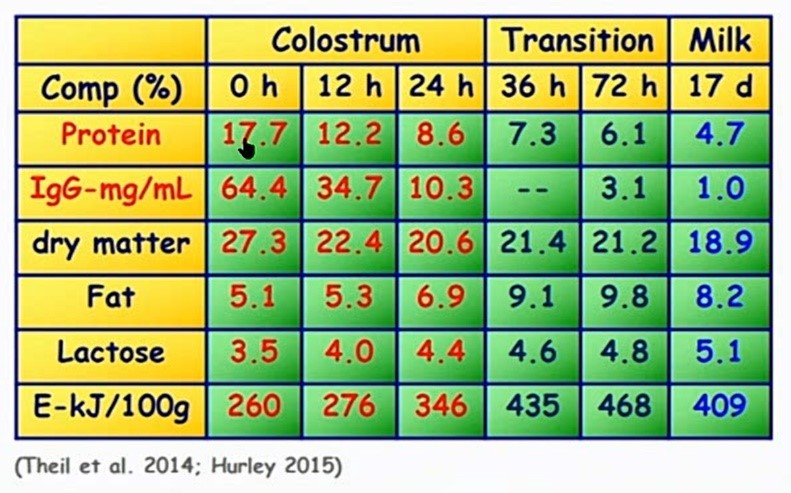
Other components are also altered during the transition from colostrum to milk. In fact, fat, lactose and energy are greater in milk than colostrum.
“Newborn piglets are very vulnerable; they have very low energy reserves - only 1% body fat,” said Farmer. “They have a low metabolic rate, and no immune protection. They're really not doing well at birth. So, we have to help them.”
Colostrum’s role for newborn piglets
Help to neonatal piglets comes in the form of colostrum from the sow. It’s essential in providing the piglets with energy to activate their own heat production. Colostrum also provides the piglets with passive immunity, mainly in the form of immunoglobulin G (IgG). It also contains growth factors, such as IGF-1, EGF, and transforming growth factor beta which are important for the development and the maturation of the gastrointestinal tract of the baby pig.
Another important role of colostrum is to provide bioactive components that will be useful later on in the pig’s life for the development of certain organs. This is called maternal lactocrine programming. An example is the hormone relaxin which is present in colostrum and is important for the development of the uterus when the animal reaches puberty. Thus, colostrum is not only important for immunity, but it also plays an important role in the developmental processes in the growing pig.
“We know the ingestion of 250 grams of colostrum by a piglet of average body weight will greatly reduce the risk of pre-weaning mortality, will provide a source of passive immunity and will allow for body weight gain of those piglets,” explained Farmer. “If a piglet is not consuming 250 grams of colostrum, it will not be able to gain weight. If you look at a litter of 13 piglets, it means the sow will need to produce 3.3 kilograms of colostrum. In a 2012 study done by Hélène Quesnel, she showed that one-third of the sows did not have enough colostrum to meet this need of the piglets.”
While data suggests that sows are not producing enough colostrum to meet the needs of all their piglets, the amount of colostrum produced is highly variable, ranging between 1.9 to 5.3 kilograms in the first 24-hour period with an average of about 3.5 to 3.6 kilograms in most studies, according to Farmer.
The amount of colostrum the piglets will ingest in the first 24 hours after birth will be greater if the piglet is bottle fed - more than 450 grams per kilogram of body weight - compared to being fed colostrum from its dam. A piglet suckling the dam will ingest 200 to 373 grams per kilogram of body weight. This shows the sow does limit the amount of colostrum ingested by the piglets, so producers need to try to increase the amount of colostrum the sow is producing.
Sow factors affecting colostrum yield
- Gestation length - 113 days of gestation showed greater colostrum yield than 114 - 115 days
- Parity - younger sows produce more colostrum, however, milk yield is greater in multiparous sows. Thus, parity effects milk and colostrum yields differently.
- Litter size - has no effect on colostrum yield on the first day postpartum. However, the amount of colostrum ingested per piglet decreases by 22 to 42 grams with each extra piglet. Thus, with hyperprolific sows, every extra piglet above six piglets will ingest less colostrum.
Role of piglets in colostrum ingested
- Birth weight - role of birth weight is unclear; there's contradictory research evidence. However, researchers agree the global vitality of the litter is important.
- Birth to sucking interval - the shorter time it takes for the piglet to suckle after birth, the greater the colostrum yield.
Hormone status
The entire process of colostrum production is controlled by hormones. Just before parturition, there's a peak of prolactin, and that peak is essential for colostrum and milk to be produced. When combining the peak of prolactin with the decrease in progesterone occurring at the end of gestation, those two hormones together lead to the onset of lactation and the production of colostrum. It was shown that a greater ratio of prolactin to progesterone in the blood of the sow 24 hours before parturition is related to greater colostrum yield, said Farmer.
What management practices do producers use that could affect the amount of colostrum produced? The use of prostaglandins to induce farrowing is a good example.
“If you induce farrowings with prostaglandins on day 114, there's no effect on colostrum yield. On day 111 or 113, there's a tendency to decrease yield. But, if you do this earlier - day 109 of gestation, there's a 32% decrease in colostrum yield,” she explained. “So, you don't want to induce farrowing too early in gestation.”
Colostrum composition is affected by the status of the junctions that are present between mammary epithelial cells. During colostrum production, the junctions, or the space between the mammary epithelial cells, is wide. The usually tight junctions are not tight, so that IgG and other large molecules can go from the sow blood to the colostrum. As lactation advances, these junctions become tighter, and the big molecules will not be able to pass between the cells.
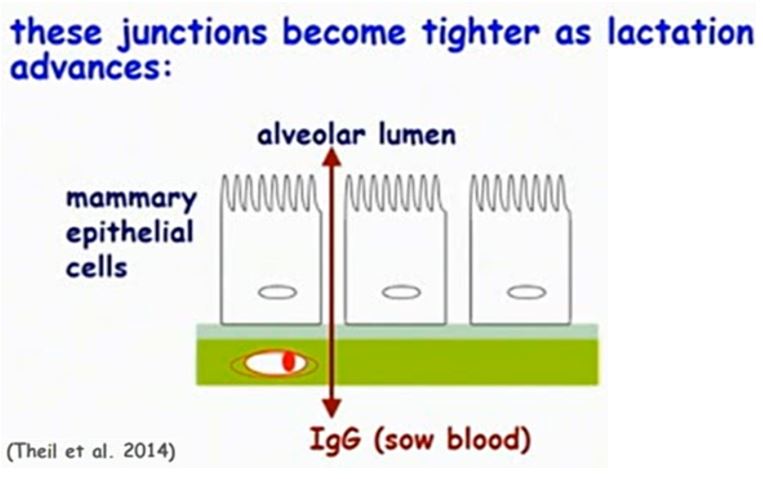
“It was found in goats, rodents and cows that if you inject a very high amount of oxytocin, it can alter the permeability of these junctions between the mammary cells. Hence, the composition of the early milk,” said Farmer. “This has never been shown in sows, but there is no reason why it wouldn't be the same case in sows. For pigs, this would be most important because, if you give an extra 15 mil of colostrum to a small piglet in the first four hours after its birth, it will increase its IgG in the circulation, and it will decrease mortality.”
Farmer conducted a study to test this theory in pigs of whether an injection of a high dose of oxytocin in the early postpartum period could prolong the phase of colostrum production by altering the status of the junctions between mammary epithelial cells.
The results showed that one injection of a very high dose of oxytocin, 75 international units in the early postpartum period (12 hours after birth of the last piglet), will prolong the colostrum phase and will improve the quality of early milk. The study showed an increase in the sodium to potassium ratio in the milk within eight hours of injection, which leads to beneficial effects in terms of the quality of milk in early lactation, an increase in protein, IgG, IgA, and specific antibodies. All these suggest passive transfer to piglets, which is prolonged through the treatment.
To watch Dr. Chantal Farmer’s full presentation, go here: https://zcene.nepgroup-webinars.com/lifestart-swine-online-conference-1










